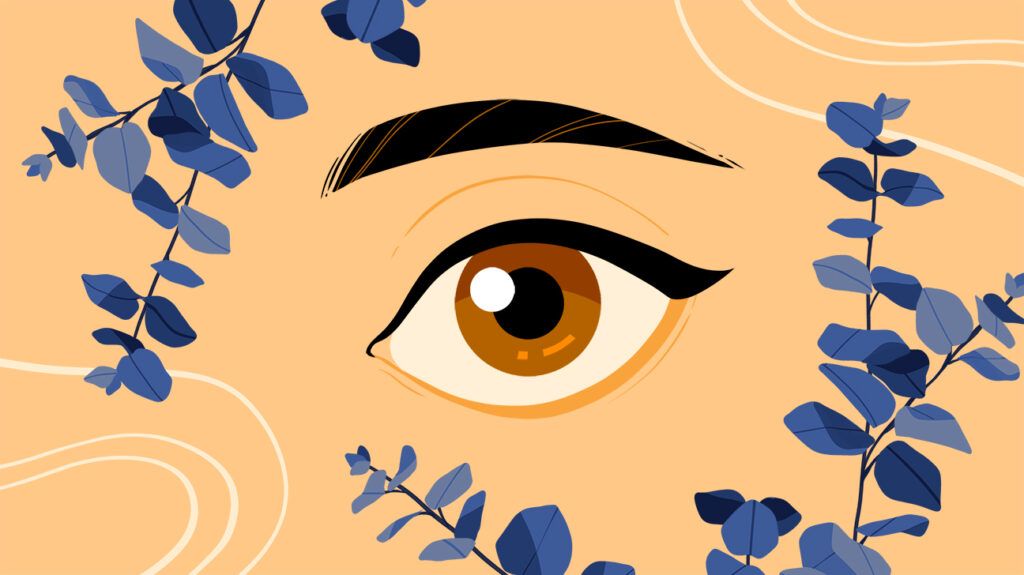Feeling anxious from time to time doesn’t necessarily mean you have an anxiety disorder. Here’s how you can tell which one you’re experiencing.

You might be thinking, “I feel anxious — does that mean I have a mental health condition?”
The answer is “It depends.” Anxiety disorders aren’t uncommon, but it’s also important to remember that anxiety is a natural and universal human response.
In simple terms, anxiety is a threat response. Anxiety and anxiousness refer to the same set of mental and physical experiences, which are characterized by:
- stress
- worry
- tension
- alertness
People may use the word “anxiety” more often to refer to an anxiety disorder, which goes beyond typical anxiousness.
Anxiety can be useful, even if it’s not pleasant to experience. When your anxiety response is working as intended, it can help you anticipate harmful events and activate fight, flight, or freeze, which is your built-in survival mechanism.
While most people feel anxious at some point in life, like when taking a test, fewer live with an anxiety disorder. About
Research from
| Anxiousness | Anxiety disorder | |
| What is it? | a natural response to potential threat | an out-of-proportion response to perceived threat |
| When do you feel it? | before or during a stressful event | any time, or in certain situations where others wouldn’t feel anxious |
| How does it feel? | tension, alertness, and physical reactions like sweating or shaking | longer-term physical symptoms, like headaches or muscle soreness, in addition to the symptoms of regular anxiety |
| Causes | stressful life events and change | genetic factors, like temperament, and environmental factors, like upbringing |
| Impacts | more worry during stressful chapters of life | missed opportunities due to avoidance and/or physical symptoms due to long-term stress |
When your natural anxiety response seems to be firing all the time or is significantly getting in the way of your daily life, it might mean you’re experiencing an anxiety disorder.
While regular anxiety ebbs and flows according to events most people view as stressful, an anxiety disorder means you respond with disproportionate stress to more events in daily life.
If you have an anxiety disorder, you’ll probably find that anxiety makes you worry about things in day-to-day life that don’t seem to affect others as much.
Living with an anxiety disorder also means fitting the criteria for a specific diagnosis, such as:
- generalized anxiety disorder
- social anxiety disorder
- separation anxiety disorder
- panic disorder
- specific phobias
- agoraphobia
An anxiety disorder can also be a partially learned response you develop over time. Some researchers point out that anxiety disorders are often based on unhelpful, or maladaptive, core beliefs.
Wondering if what you’re experiencing is an anxiety disorder? You can check out our anxiety quiz to find out.
Whether you’re looking to manage anxiousness or an anxiety disorder, you have many options to choose from.
Relaxation techniques
You can use most relaxation techniques at home or almost anywhere else to regain calm quickly when you’re feeling anxious.
Research from 2017 even suggests that relaxation techniques can be as effective as cognitive behavioral therapy for treating some anxiety disorders (but not others).
You might benefit from trying these relaxation methods to manage anxiety:
- Mindful breathing can help slow down your breathing and heart rate, allowing you to feel calmer.
- Meditation may help you regulate emotions and reduce anxiety symptoms.
- Visualization, which involves focusing on positive imagery and emotions to bring on a state of relaxation, may be helpful, according to some
research . - Progressive muscle relaxation brings your focus to one body part at a time, encouraging you to practice tensing and releasing stress from those areas.
- Yoga for anxiety blends physical activity with a relaxed mental state in a way that helps people manage both anxiety and anxiety disorders.
Self-care
It’s important to pay extra attention to your self-care habits whether you live with an anxiety disorder or happen to be experiencing a period of high anxiety. Some key habits to check on include:
- Nutrition. Certain foods, like green tea and dark chocolate, may be more helpful than others when you’re trying to manage anxiety.
- Exercise. Adding movement to your day in some form — whether through walks, gym time, or dancing — is a science-backed way to reduce stress and anxiety.
- Fun and free time. Setting aside some time to focus on an activity that brings you joy or makes you laugh can make an anxiety flare-up feel more manageable.
- Sleep. Anxiety can cause you to lose sleep, but lack of sleep can also worsen anxiety. Here’s how to manage anxiety at bedtime.
If you’re looking for more ideas, you can read about more anxiety self-care strategies.
Therapy
Talking with a trusted therapist can help with anxiety in a few ways. Therapy may provide support if you want to:
- manage challenging emotions during an anxiety-inducing phase of life
- find out whether you have an anxiety disorder
- develop skills for managing and reducing anxiety disorder symptoms
Here’s some more info on how therapy can help you handle anxiety.
Medication
If you live with an anxiety disorder, your doctor or psychiatrist might prescribe an anti-anxiety medication as part of your treatment plan. The type of medication you take may vary depending on your specific symptoms and co-occurring conditions.
Using medication for anxiety usually comes with some trial and error — so even if the first one you try doesn’t work, chances are your doctor can suggest another one that will.
Anxiety tends to be uncomfortable whether it’s a natural and proportional response or a mental health condition. But regardless of which form of anxiety you’re experiencing, you can find an approach to help you address it.
If you’d like more info and support, you can:
